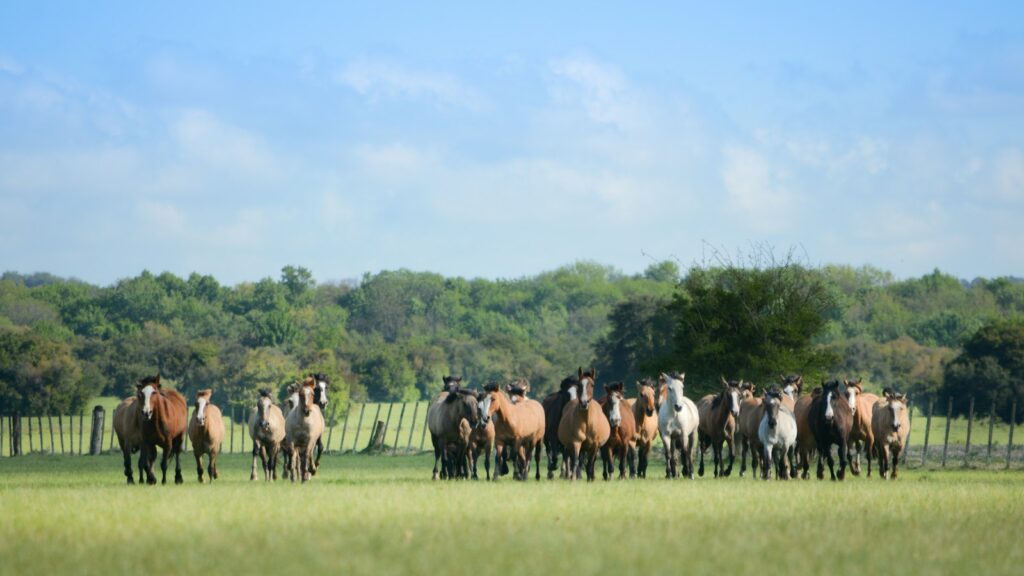In the vast expanses of ranch land across America and beyond, where dust clouds rise from cattle hooves and summer sun beats down relentlessly, water becomes more than just a basic necessity—it transforms into the lifeblood of the entire operation. Ranch life, with its unique challenges and demands, creates hydration needs that city dwellers could scarcely imagine. From ensuring thousands of gallons for livestock to maintaining human performance during grueling workdays, proper hydration practices on ranches often defy common assumptions. This comprehensive look at ranch hydration reveals surprising truths that showcase how water management becomes an art form, a science, and sometimes, the difference between prosperity and failure in agricultural enterprises.
The Staggering Water Requirements of Modern Ranching

The volume of water required to maintain a functioning ranch often astounds those unfamiliar with agricultural operations. A single beef cow can consume between 10-20 gallons of water daily depending on its size, the temperature, and production stage, meaning a modest herd of 500 cattle might require up to 10,000 gallons daily just for drinking. During calving or lactation periods, a cow’s water requirements can increase by up to 50%, creating seasonal spikes in demand that ranchers must carefully anticipate. Beyond cattle consumption, ranches require additional thousands of gallons for irrigation, equipment cleaning, dust control, and household usage. This massive water requirement means that successful ranchers don’t merely use water—they strategically manage it as their most precious resource.
Ancient Water Management Techniques Still Prove Valuable
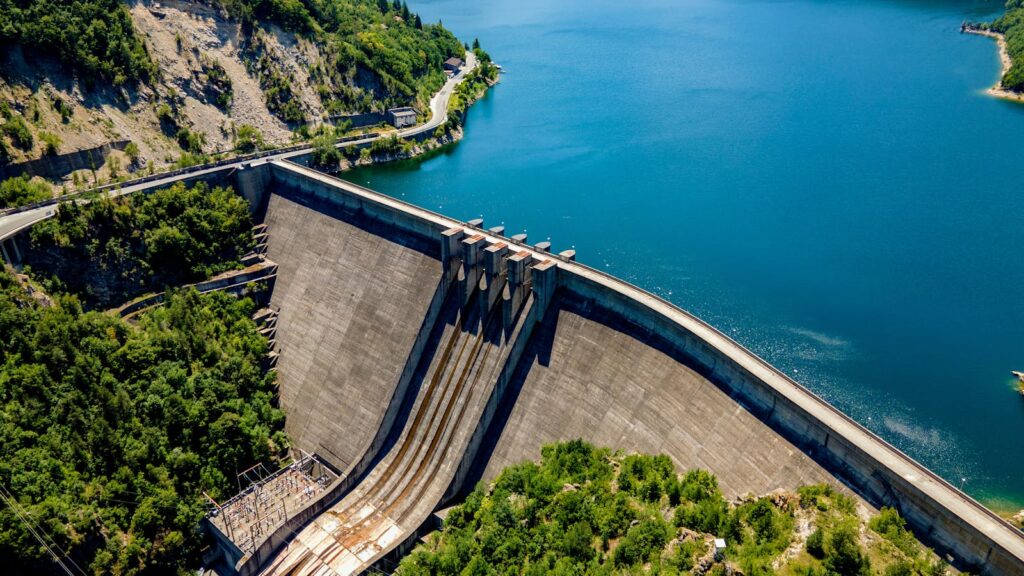
Despite technological advances in modern agriculture, many historic water management techniques remain surprisingly relevant on today’s ranches. Windmills, first introduced to American ranching in the 1850s, continue to dot the landscape of many properties, harnessing wind energy to pump groundwater to the surface without electricity—a reliable backup during power outages. Water harvesting methods like contour berms and swales, techniques practiced by indigenous peoples for centuries, are experiencing a renaissance as ranchers seek to maximize natural precipitation capture across their properties. Some ranchers still maintain hand-dug tanks or charcos, shallow depressions that collect rainwater, using them as supplementary water sources during wet seasons to reduce pressure on wells and springs. These time-tested approaches often complement modern systems, creating redundancy that proves invaluable during drought conditions.
The Hidden Dangers of Livestock Dehydration
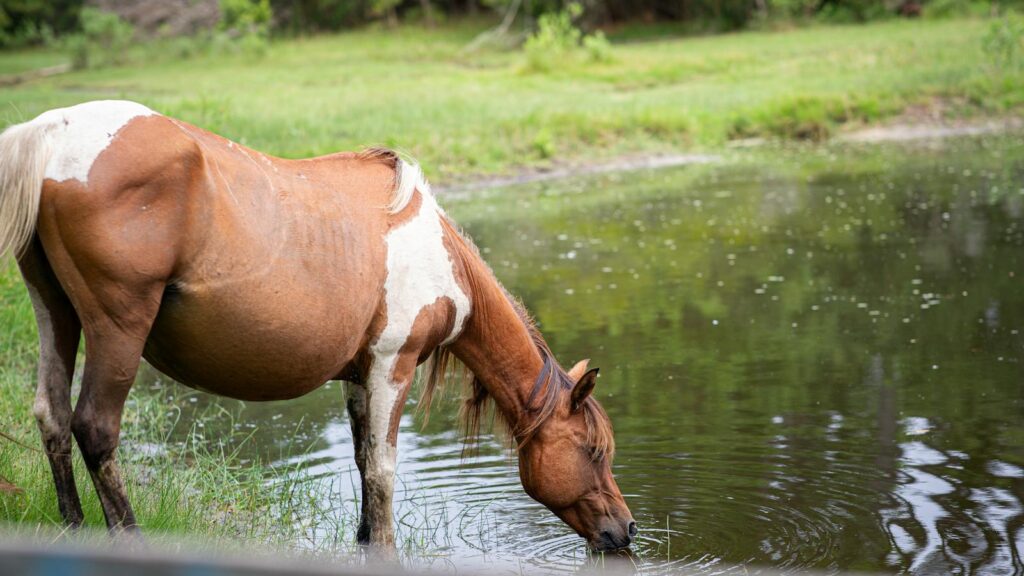
Dehydration in ranch animals manifests in ways that can easily be mistaken for other health issues, making vigilance particularly crucial. A 5-10% decrease in water consumption can reduce animal productivity by 10-20%, significantly impacting a ranch’s profitability before visible symptoms even appear. When cattle become moderately dehydrated, they develop sunken eyes, lose skin elasticity, and experience decreased milk production and weight gain—economic impacts that compound quickly across a herd. In severe cases, dehydration leads to impaired cognitive function in livestock, making animals dangerous to handle as they become disoriented and potentially aggressive. Perhaps most concerning for ranchers, even temporary water restrictions can permanently affect young animals’ growth trajectories, creating lasting negative impacts on their market value that cannot be corrected later with improved water access.
Seasonal Hydration Strategies Defy Convention
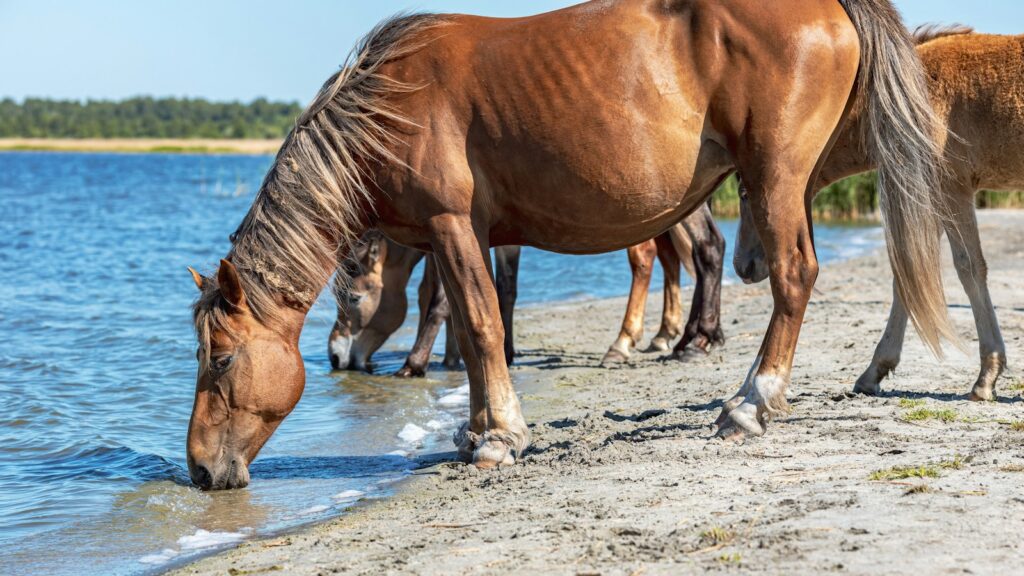
Contrary to urban intuition, winter hydration management on ranches often proves more challenging than summer maintenance. During cold months, cattle still require full access to water, but freezing temperatures can render traditional troughs and ponds unusable without intervention. Many ranchers employ specialized heated water systems, adding substantial energy costs to winter operations that must be carefully budgeted. During snowy conditions, some ranchers mistakenly assume animals can meet hydration needs by consuming snow, when in fact eating snow forces livestock to expend valuable body heat to melt it internally, potentially leading to hypothermia. The transition seasons of spring and fall present their own counterintuitive challenges, as rapidly changing temperatures can cause unexpected spikes and drops in water consumption that require daily monitoring and adjustment. These seasonal variations demand that ranchers maintain completely different hydration protocols throughout the year rather than a single consistent approach.
The Unexpected Economics of Ranch Hydration
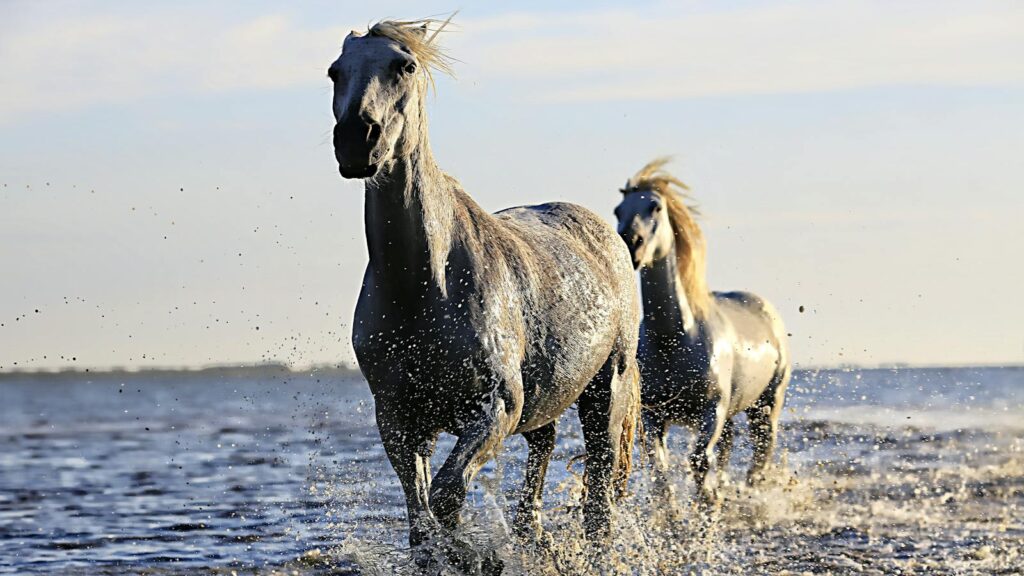
The financial aspects of water management represent one of the most overlooked dimensions of ranch economics. Water infrastructure—including wells, pumps, troughs, pipes, and irrigation systems—often constitutes 15-25% of a ranch’s capital investment, requiring careful depreciation planning and maintenance budgeting. Modern ranches frequently spend $8,000-$15,000 annually just on electricity for pumping operations, making water movement one of the largest operational expenses. When water availability becomes limited during drought conditions, ranchers face brutal economic calculations—selling livestock at potentially depressed prices or purchasing water at premium rates that can reach $4,000-$6,000 per tanker load during severe shortages. Perhaps most surprising, research indicates that strategic water placement alone can improve cattle weight gain by 5-15% by reducing the energy animals expend walking to water sources, representing a potential revenue increase of tens of thousands of dollars annually on larger operations.
Human Hydration Challenges Unique to Ranch Work

Ranch workers face hydration challenges that differ dramatically from those in almost any other profession. The combination of physical exertion, extreme weather exposure, and remote work locations creates hydration requirements that regularly exceed two gallons daily per person during summer months. Ranch hands working cattle or repairing fences often operate far from facilities, necessitating the transport of all drinking water for shifts that may last 10-12 hours in the elements. The physical demands of ranch work increase sweat rates substantially, with workers potentially losing 1-2 liters of fluid per hour during intense activities like branding or haying operations. Compounding these challenges, many experienced ranchers come from generations that considered frequent water breaks a sign of weakness, creating cultural barriers to proper hydration that modern ranch managers must actively work to overcome through education and example.
Technology Transforming Ranch Water Management
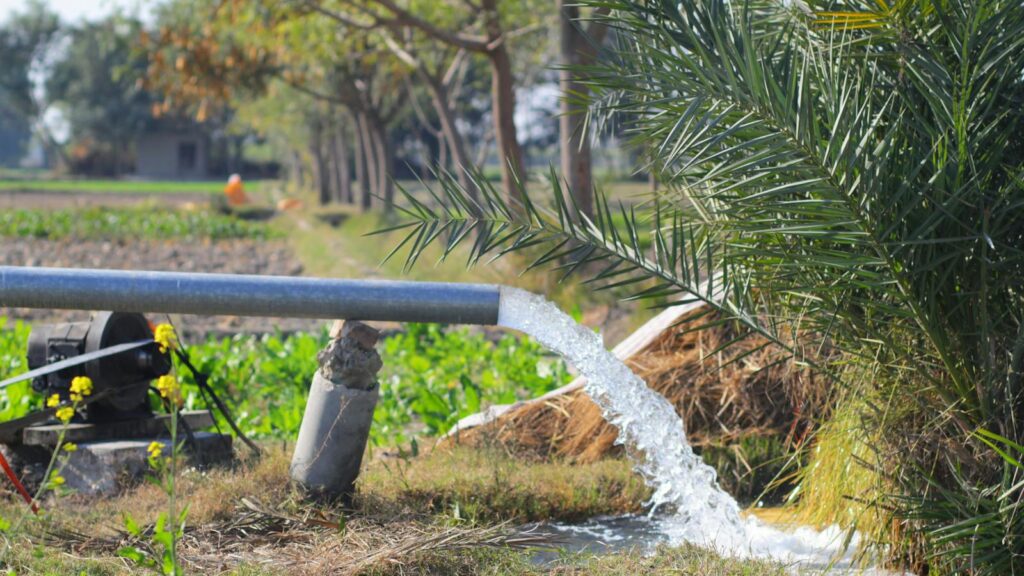
Cutting-edge technology is revolutionizing how ranchers approach water management challenges across their operations. Remote monitoring systems now allow ranchers to check water levels in distant tanks and troughs via smartphone apps, receiving automatic alerts when levels fall below predetermined thresholds before animals experience any shortage. Precision irrigation technologies, including soil moisture sensors and weather-responsive controllers, enable ranches to reduce water usage by 15-30% while maintaining or improving forage production. Some forward-thinking operations employ drone technology to conduct regular infrared surveys of property, identifying water leaks or unexpected wet areas that might indicate broken pipes before they become major problems. Even livestock management has gone high-tech, with electronic ear tags that track individual animal water consumption patterns, allowing ranchers to identify health issues when drinking behaviors change before visible symptoms appear.
The Surprising Role of Water Quality in Ranch Production

The chemical composition of water, not just its quantity, plays a much larger role in ranch productivity than commonly understood. High sulfate concentrations exceeding 1,000 parts per million can reduce cattle weight gain by up to 25% even when animals appear to be drinking normally, creating invisible production losses. Water with elevated salinity levels forces animals to increase their water intake to process the salt, paradoxically leading to situations where livestock drink more but perform worse. Mineral imbalances in water sources can interfere with medications and supplements, potentially rendering expensive health protocols ineffective if water chemistry isn’t regularly tested and accounted for. Research has demonstrated that water purification systems, though requiring significant investment, can pay for themselves within 2-3 years through improved animal performance, reduced veterinary costs, and extended equipment life in hard water areas.
Wildlife Competition for Ranch Water Resources
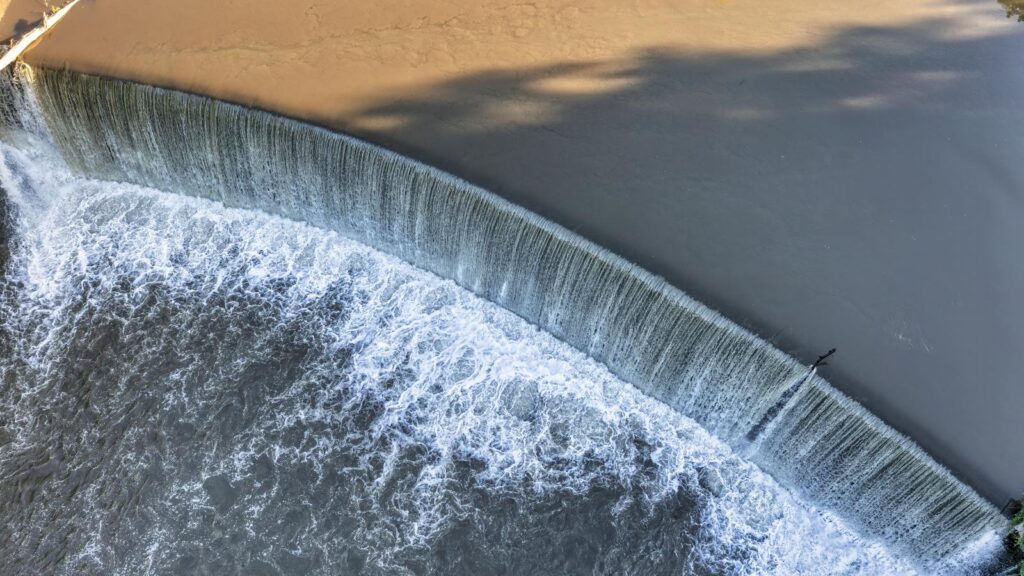
The relationship between ranch water sources and local wildlife creates complex management situations rarely considered by outsiders. A single artificial ranch water source might serve not only domestic livestock but also deer, elk, birds, and predators, creating wildlife concentration points that change natural movement patterns across the landscape. During drought conditions, the competition for water between wildlife and livestock intensifies, with some ranches reporting hundreds of deer utilizing cattle water sources daily, potentially depleting supplies and increasing disease transmission risk. Ranchers often find themselves inadvertently serving as regional wildlife managers, with their water development decisions directly impacting population distributions of native species across vast areas beyond their property boundaries. Forward-thinking ranchers increasingly design specialized water developments with separate access points for wildlife and livestock, recognizing that supporting diverse wildlife populations ultimately benefits their operations through ecosystem services, hunting opportunities, and conservation partnerships.
Legal Complexities of Ranch Water Rights

The legal framework governing ranch water usage represents one of the most byzantine aspects of agricultural operations, varying dramatically by region. Many western ranches operate under the doctrine of prior appropriation, where water rights are separated from land ownership and based on historical usage—”first in time, first in right”—creating situations where a ranch might own land but not the water flowing through it. Water rights frequently become the most valuable component of ranch real estate, sometimes constituting 50-80% of a property’s total value in arid regions where secured access to reliable water makes the difference between viable and non-viable operations. Intergenerational ranch transfers can unintentionally compromise water rights if proper legal documentation isn’t maintained, with some families discovering too late that rights were abandoned through non-use during periods when previous generations leased their properties. The complexity has spawned an entire legal specialty in water rights law, with attorneys commanding premium rates to navigate the specialized regulations that can literally determine whether a ranch survives or fails.
Drought-Proofing Strategies Beyond Water Storage
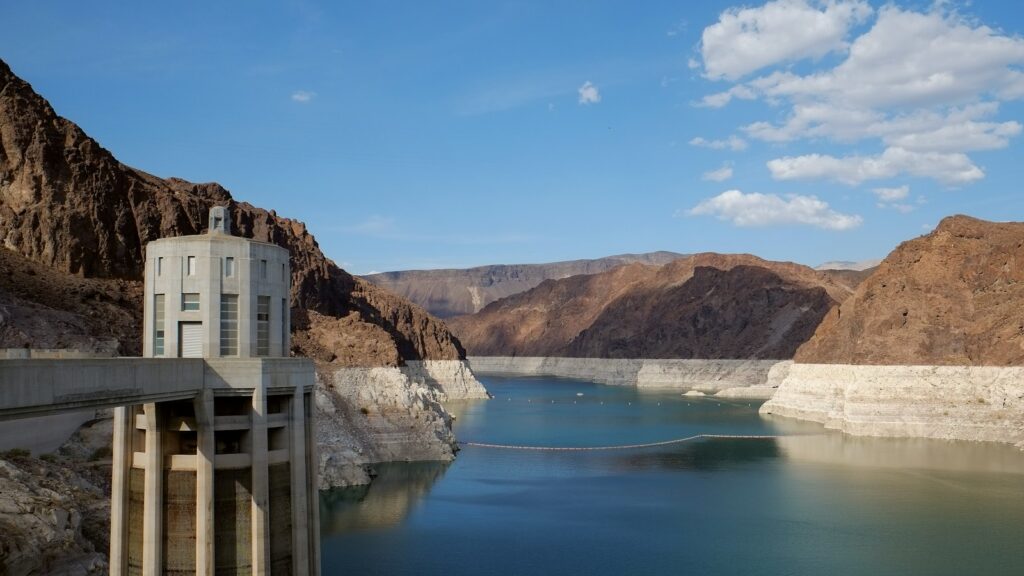
Innovative ranchers are moving beyond traditional drought preparation approaches, implementing sophisticated resilience strategies that fundamentally rethink water dependency. Forage selection has evolved significantly, with some operations transitioning to drought-resistant native grasses that require 30-50% less moisture than conventional introduced pasture species while maintaining comparable nutritional profiles. Grazing management techniques like adaptive multi-paddock grazing help increase soil organic matter, with each 1% increase in carbon content allowing soil to hold approximately 20,000 more gallons of water per acre, effectively turning the soil itself into a water reservoir. Some ranches have implemented fog capture systems in coastal areas, using specialized mesh screens that can collect 200-500 gallons of water daily from marine layers without any energy input. The most forward-thinking operations are completely restructuring their business models around drought resilience, maintaining lower base stocking rates year-round but preserving the financial flexibility to opportunistically expand during favorable moisture conditions.
The Environmental Footprint of Ranch Water Usage
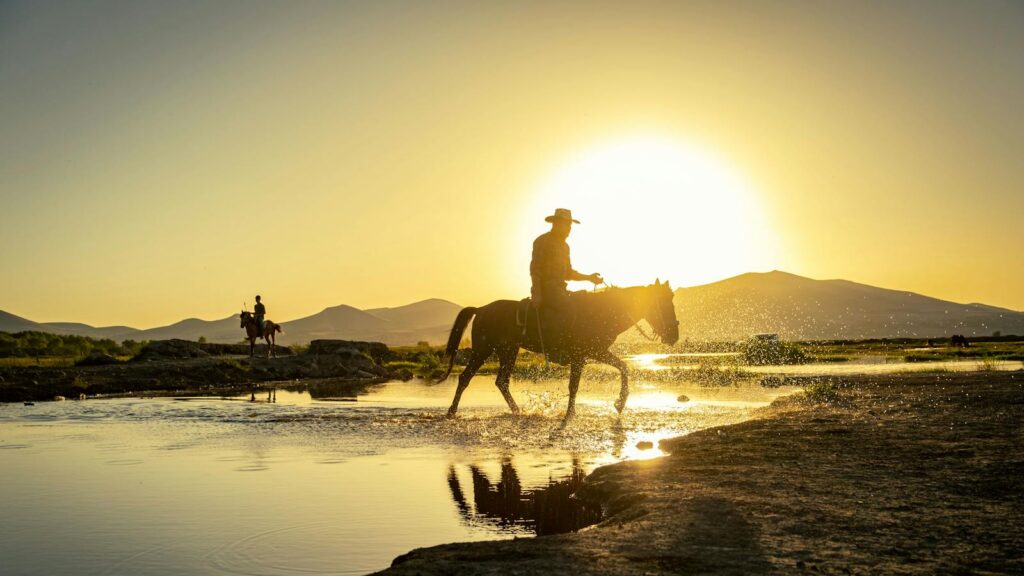
The environmental implications of ranch water management extend far beyond the property boundaries, creating ripple effects throughout watersheds. Well-managed ranch lands with appropriate water distribution can reduce runoff by 30-70% compared to developed areas, allowing precipitation to slowly percolate into aquifers rather than causing downstream flooding. Ranches that maintain healthy riparian areas create critical wildlife corridors and water filtration zones, with research showing that properly managed grazing in these areas can actually enhance water quality by reducing invasive species and stimulating diverse plant growth. Conversely, poorly managed water systems can lead to erosion, with a single misplaced tank or trough potentially triggering gully formation that removes thousands of tons of soil from the landscape over time. The most environmentally sophisticated ranches now view themselves as watershed stewards, recognizing that their water management decisions affect not only their operations but also downstream users, wildlife habitat, and regional water security for future generations.
Creative Water Harvesting Approaches Gaining Traction

Unconventional water harvesting techniques are finding new applications on modern ranches seeking to maximize every drop of available moisture. Rooftop collection systems on ranch buildings can capture surprisingly large volumes, with a modest 2,000 square foot barn roof potentially harvesting over 12,000 gallons annually in regions receiving just 10 inches of yearly precipitation. Some innovative ranchers have adapted ancient techniques like condensation traps that collect morning dew using simple mesh structures in areas with high overnight humidity, providing supplemental wildlife water sources with no pumping costs. Road design has evolved on some properties to incorporate passive water harvesting, with carefully placed culverts and berms directing runoff from ranch roads into adjacent pastures rather than allowing it to cause erosion. Perhaps most innovative are the ranches experimenting with beaver dam analogues—human-made structures that mimic natural beaver activity—which slow water movement, raise water tables, create wetland habitat, and extend seasonal water availability through the landscape without requiring powered infrastructure.
conclusion

Ranch hydration management represents a fascinating intersection of traditional knowledge, cutting-edge technology, legal complexity, and environmental stewardship. The surprising truths revealed about water’s role in ranch operations demonstrate that successful agricultural water management extends far beyond simply providing drinking sources for livestock. As climate patterns become increasingly unpredictable, the ranchers who thrive will be those who approach hydration with scientific precision, creative problem-solving, and a deep understanding of both the visible and hidden roles water plays in their operations. For these land stewards, water isn’t merely a resource to be consumed—it’s the strategic foundation upon which all other aspects of ranch management are built.

